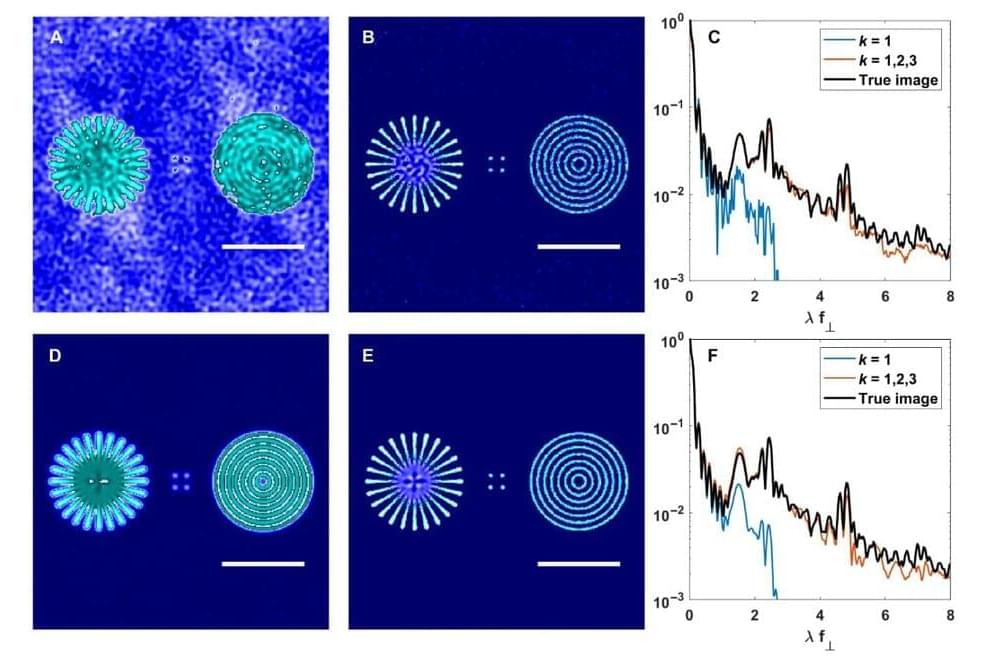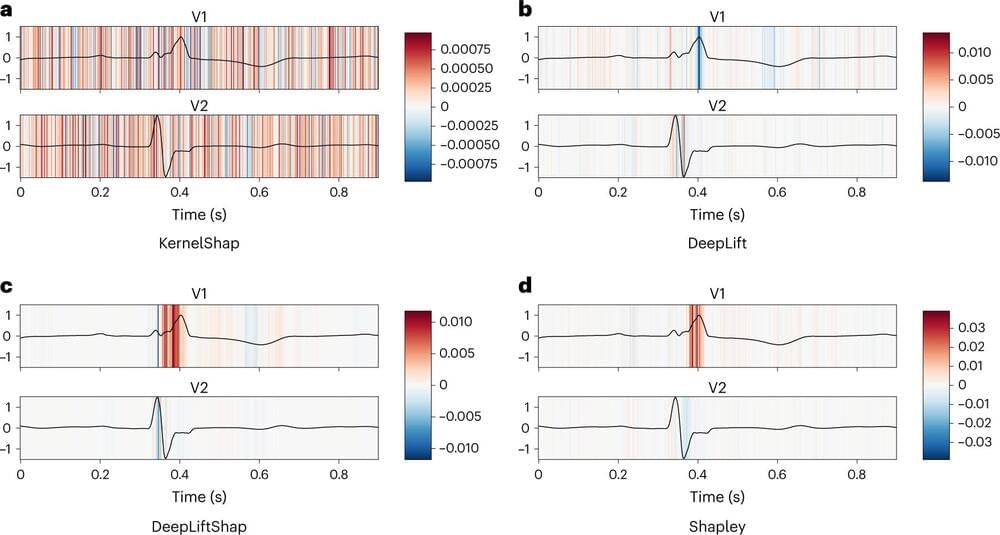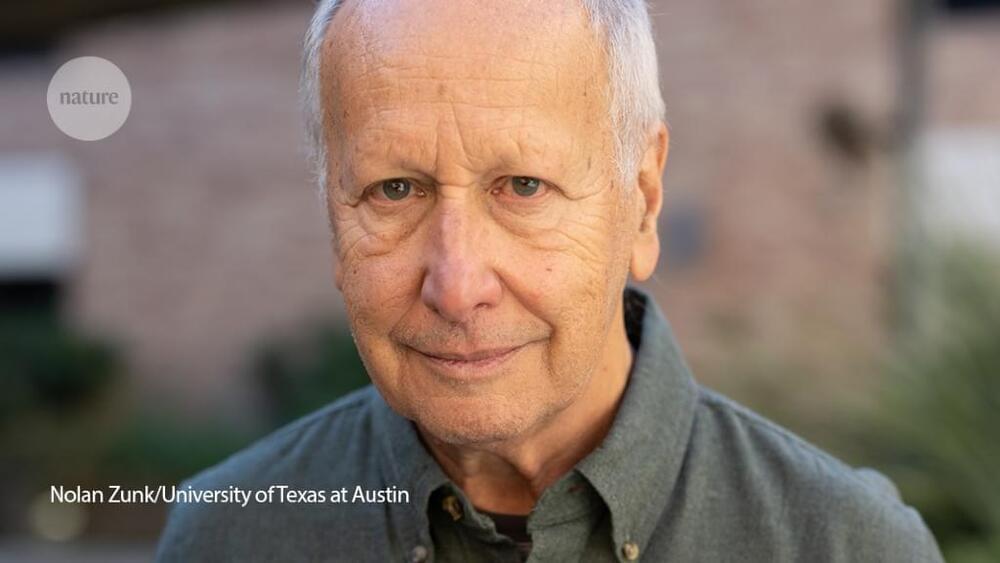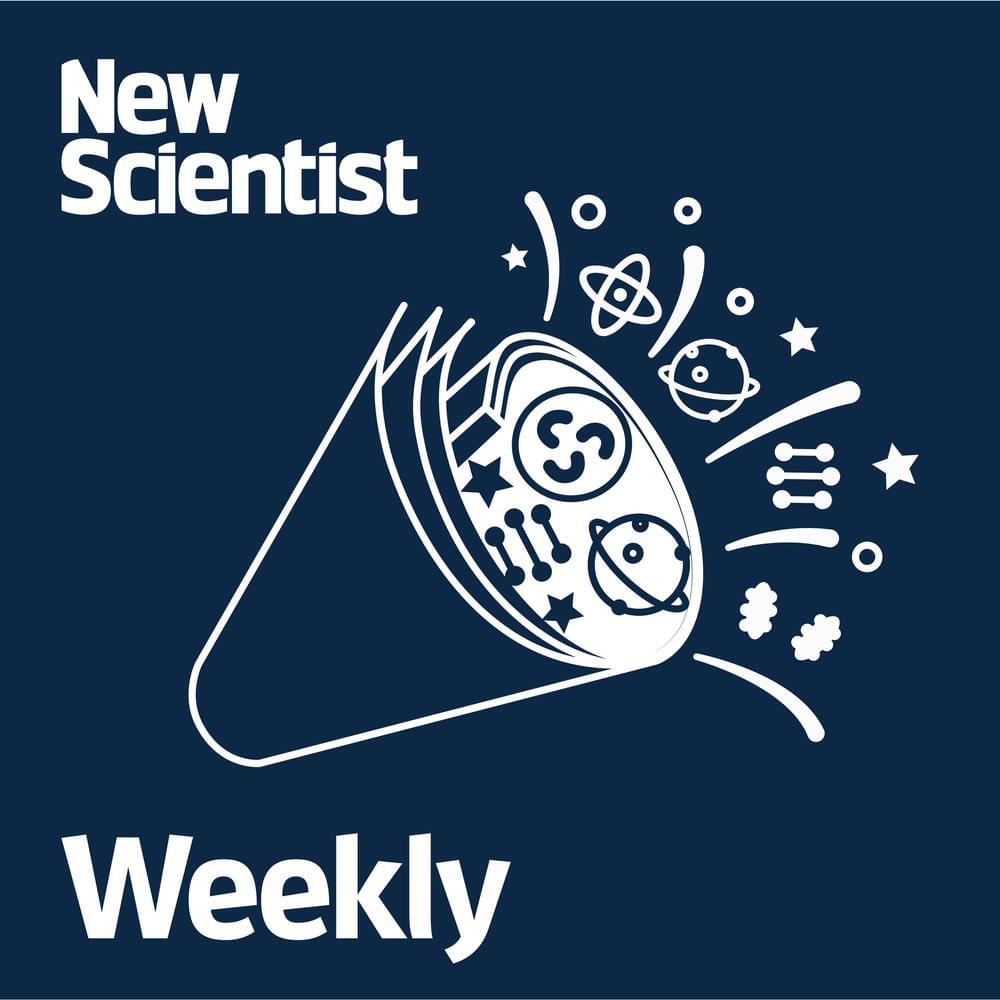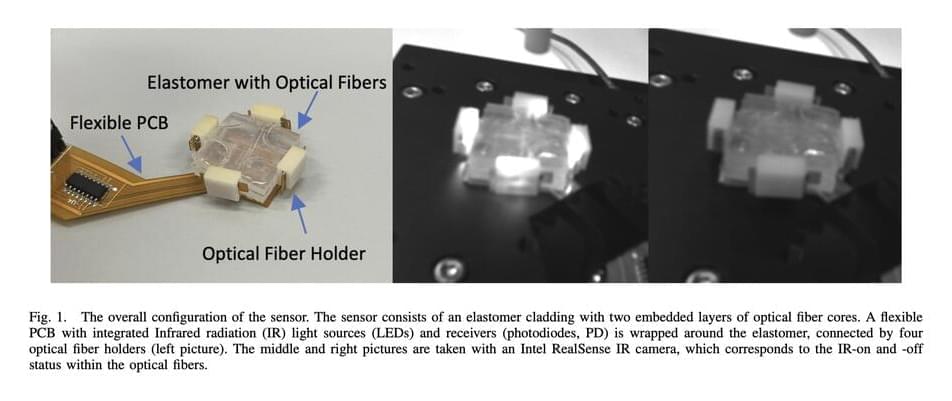Mar 27, 2023
Apple acquired a startup using AI to compress videos
Posted by Gemechu Taye in categories: business, information science, robotics/AI
Apple has quietly acquired a Mountain View-based startup, WaveOne, that was developing AI algorithms for compressing video.
Apple wouldn’t confirm the sale when asked for comment. But WaveOne’s website was shut down around January, and several former employees, including one of WaveOne’s co-founders, now work within Apple’s various machine learning groups.
WaveOne’s former head of sales and business development, Bob Stankosh, announced the sale in a LinkedIn post published a month ago.


